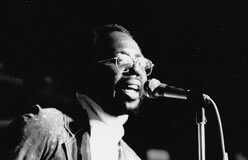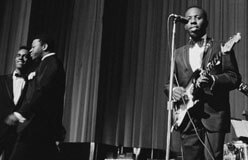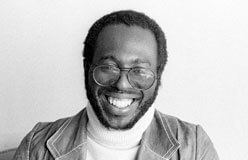It wasn’t any one quality that propelled Curtis Mayfield to the top of the crowd.
It was his creativity. His lyrics. The unique style and rhythm of the songs he wrote. His humanity. And so much more. All these characteristics led to his being described as soul’s “Gentle Genius.”



